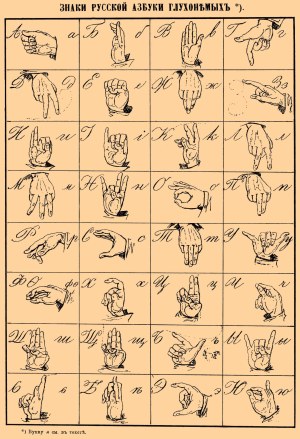 In Design as Art, Bruno Munari writes, “Not only does each letter of a word have a shape of its own, but all its letters taken together give shape to the word.” When we read, we read the shape of the word if the word is familiar to us. If the word is unfamiliar, we must read the shape of each letter, attributing sound to each one and combining them. We use this amalgamated sound to attempt to locate meaning. We troll our memories for previous usage. We look at context. If we’re scholars, we might even recognize roots and stems. In effect, in all of these investigative processes, we look to the history of the word—personal, textual, or etymological—in order to understand its present meaning.
In Design as Art, Bruno Munari writes, “Not only does each letter of a word have a shape of its own, but all its letters taken together give shape to the word.” When we read, we read the shape of the word if the word is familiar to us. If the word is unfamiliar, we must read the shape of each letter, attributing sound to each one and combining them. We use this amalgamated sound to attempt to locate meaning. We troll our memories for previous usage. We look at context. If we’re scholars, we might even recognize roots and stems. In effect, in all of these investigative processes, we look to the history of the word—personal, textual, or etymological—in order to understand its present meaning.
Sometimes when I’m tired or sick or otherwise impaired, however, I look at words and they’re only shapes; they mean nothing. It makes reading more akin to viewing visual art, a Rothko perhaps. I look at the whole page, the shape, and the rivers of white across the lines. I see the words as bodies, as segmented insects. Regardless of whether or not I view the shape of the letters or words, meaning becomes untethered to those shapes. They become tangible. I care more for the vessel than what it contains.
While this as a permanent condition could be problematic, the transient aphasia provides me with a means to reboot language, the way time seems new and fresh on those rare and brief occasions when I forget how old I am. It reminds one that language is a symbol rather than an incarnation and that, in order for language to mean, I must be present. I must supply language with meaning. Reading is a transaction rather than a gift of information.
Words need me as much as I need them. When I realize this, suddenly the axis shifts again, and those shapes suddenly have definition.
